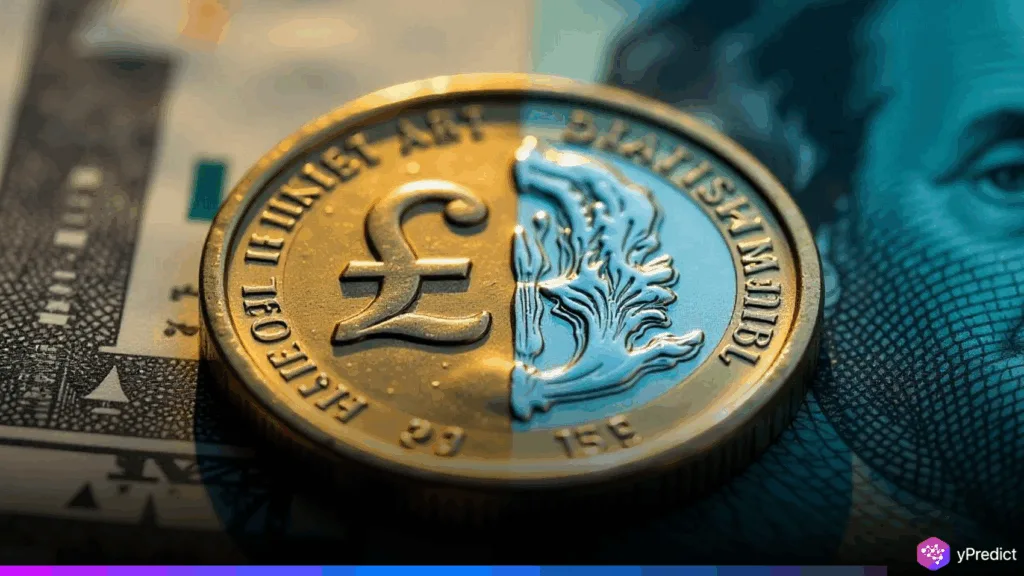
The Pound Sterling (GBP) continued to lose ground against the US Dollar (USD) during the European session on Wednesday, as GBP/USD dipped just under 1.3460 after hitting a three-year high of 1.3600 on Tuesday. GBP/USD is feeling the pinch with the Greenback gaining along with some support following renewed sentiment towards a potential EU-US trade agreement and the US Consumer Confidence Index.
The US Dollar Index (DXY) climbed nearly 99.80, continuing its gains from Tuesday’s recovery as sentiment shift once again benefitted from the commentary of US President Donald Trump who implied there had been positive progress in trading terms with the European Union.
Consumer Confidence and Trade Sentiment Boost the Dollar
With the increase in the value of the US Dollar, the Consumer Confidence Index for May jumped to 98.0, in what can only be termed a solid turnaround after declining for 5 consecutive months. As per the Conference Board, the renewed optimism on the part of households was partly driven by a reduction in US-China trade worries.
These events have contributed to a recover of the US Dollar from recent losses, particularly given Trump’s earlier threat of imposing a 50% tariff on EU imports.
UK Economic Strength Reduces Chances of BoE Rate Cuts
Despite the Pound’s short-term dip, its broader outlook remains strong, thanks to resilient UK economic data. The Bank of England (BoE) cut interest rates by 25 basis points to 4.25% earlier this month but emphasized a “gradual and cautious” approach to future cuts.
Markets are currently pricing in no further cuts in June, especially after a string of upbeat indicators:
- UK CPI and Service Inflation for April accelerated, with services rising from 4.7% to 5.4% YoY
- Retail Sales climbed 1.2% MoM in April, up from 0.1% in March
- Q1 GDP surged by 0.7%, well above the previous quarter’s 0.1%
- The IMF raised the UK’s 2025 GDP growth forecast to 1.2%, from an earlier estimate of 1.1%
GBP/USD Still Holds Bullish Structure
From a technical perspective, the GBP/USD pair continues to trend bullish, even after the recent pullback. The 20-day EMA is currently hovering around 1.3380 and is still pointing up, indicating a clear uptrend and acting as support. In addition, the 14-day RSI is still above 60, suggesting that bullish momentum is still present. Resistance could come from the workout 1.3750 January 2022. Support will most likely come from the 20-day EMA at 1.3380 in the near term.
Market Focus Turns to US PCE Inflation Data
Investors will be watching the release of the US Personal Consumption Expenditures (PCE) Price Index for April this Friday. While the PCE is important data, analysts do not believe it will change the Federal Reserve’s policy as Fed officials are looking for more clarity on President Trump’s plans for the economy and how those would affect the larger economy.







